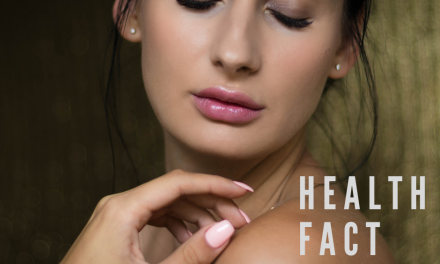Summer is flying and the sun is shining! I’m sure you’ve been doing what we’ve been taught and making sure you’re wearing your sunscreen when you’re out enjoying the nice weather right? It might behoove you to be armed with a little bit more critical information when reaching for the sunscreen.
While there are certainly some instances where sunscreen may be prudent, these products are widely OVERUSED and contribute to widespread Vitamin D deficiency. (The majority of patients I test are deficient in Vitamin D).
In an FDA pilot study, 4 commonly used active ingredients in sunscreen are absorbed into your blood at levels that could potentially pose health risks. Those 4 ingredients are avobenzone, oxybenzone, octocrylene, and ecamsule. The results of the study showed that ALL 4 ingredients enter the bloodstream higher than what the FDA would consider “safe” after a single day of application and remained at high levels in the system for at least 24 hours after the last use. Imagine the toxic consequences for those using these products every day of the year!
The FDA has provided guidance that sunscreen active ingredients with absorption rates into the bloodstream higher than what’s considered safe should undergo nonclinical toxicology assessment including carcinogenicity (cancer-causing agents) and additional developmental and reproductive/hormonal studies yet the testing is not happening and the FDA is still recommending the use of SUNSCREEN.
What’s a safer alternative to these chemical-based sunscreens?
When you select a sunscreen, remember there really are only 2 known safe sunscreen ingredients – zinc oxide and titanium dioxide and they must NOT be nano-sized!
Here are 5 sensible tips for enjoying the sunshine safely:
- Give your body a chance to produce Vitamin D before applying sunscreen. 40% of the body should be exposed for short periods daily. (Vitamin D is a big protector against cancer, is imperative for proper brain function, is key in immune system function and more, including bone health).
- Stay out just long enough for your skin to turn the very lightest shade of pink. Protect your face from the sun by using a safe sunscreen option or wear a hat. The skin on the face is thin and more prone to sun damage (premature wrinkling).
- Keep in mind in order for sunscreen to be effective, you must apply large amounts over all exposed areas of skin. It should not trigger skin allergies and must provide good protection against UVA and UVB radiation. It should NOT be absorbed into your skin – zinc oxide and titanium dioxide.
- Consider the use of an “internal sunscreen” like ASTAXANTHIN to gain additional sun protection. This works amazingly well! I’m a fair-skinned outdoor-loving human who hates sunscreen. When I take ASTAXANTHIN regularly, I don’t burn even without the use of external sunblocks. Here’s the product I use: Lipikrill This is the product I recommend to my patients and is also what I use personally. Once I added it to my regimen, my fair skin never burns. It’s AWESOME!
- Consuming a diet full of natural antioxidants is another highly useful strategy6 to help avoid sun damage. Fresh, raw, unprocessed foods deliver the nutrients your body needs to maintain a healthy balance of omega-6 to omega-3 oils in your skin, which is your first line of defense against burns from the sun.
Here’s to being Healthy!
#AreYouReallyHealthy #HealthTipTuesday












